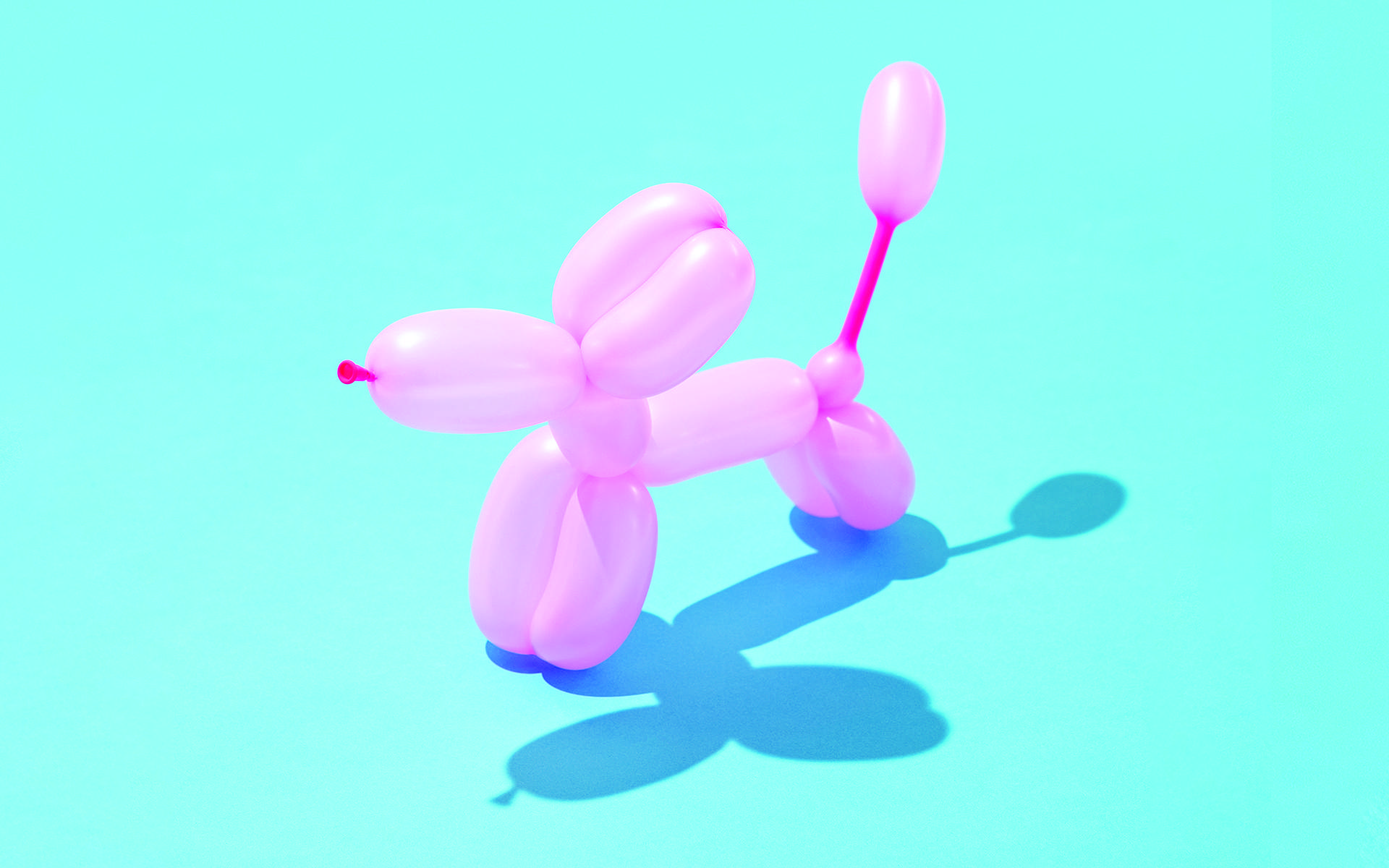As the roller coaster accelerated up the impossibly steep incline, I remembered, with very poor timing, that I am terrified of both speed and heights, and that a rather flimsy seatbelt was the only thing keeping me from flying off into a messy death. Even worse, I had talked my poor, dear old mother into coming along—for fun. As I heard my own whimpering screams begging for a swift end to this trip through hell, I could also hear my mother’s voice squealing with joyous abandon, “Wheeeee, this is so fun. Let’s go again!”
We all want to feel good; we all want to feel safe. And if we could, we’d probably all love to have as much fun as my mom. The challenge is that what makes you feel safe and joyful might make me feel petrified and shaking. You might love the adrenaline rush of a roller-coaster, I might need a calming lavender-scented pillow and a clear path to the door. And it’s all OK.
Mindfulness can help us un-frizz our frazzled nervous systems. It can help us train our attention. It can help us feel connected to ourselves and each other. But that doesn’t mean it’s always going to feel peaceful. And there might be times when it feels downright intolerable to continue. It’s not “one size fits all.”
Mindfulness can help us un-frizz our frazzled nervous systems. It can help us train our attention. It can help us feel connected to ourselves and each other.
One person might find that mindful practices help them feel really relaxed and focused. But you might find (at times) that paying close attention to your breath or tuning in to your body makes you want to run for the hills.
Here’s the thing: Everybody is different, and our experience changes all the time. What might feel like no big deal for one practitioner, might feel impossible for you—today.
You might be in the middle of a body scan and suddenly find that focusing on a particular body part is triggering thoughts, emotions, or body sensations that are more than you can tolerate. Good noticing. At the end of the day, mindfulness is awareness. We are so much more able to stay present when we’re not just trying to pull ourselves up by our bootstraps and get back to meditating. What we are training, among other things, is the ability to notice when overwhelm has flooded our system with the old culprits that include adrenaline and cortisol, whose presence makes receiving, processing, or integrating information almost impossible.
Mindfulness can invite us to notice what we need to be well. Then when life drops us onto roller coasters, we can maintain our seat. We can make space for what we need, while also offering ourselves myriad ways to stay open and present to the grand adventure of every moment.
3 Anchors for Your Attention
Although mindfulness is often linked to paying attention to your breath, there are many ways that you can anchor in the present moment and practice meditation.
1) Listen
Let yourself be the center of a living soundscape. Without trying to figure out what you’re hearing, can you allow yourself to just listen and be curious as you follow sounds in the room, your body, and the world around you? When you’re bringing your fullest attention to sound, what do you notice?
2) Look
Find something you can explore visually: a chair, a light, a rock, even your own hand. Let yourself be absorbed by the details. Is the surface smooth or rough? Are there many colors or just one? Are there patterns or textures to investigate? Let your curiosity guide you as you discover everything you can about what you see. When you’re bringing your fullest attention to sight, what do you notice?
3. Focus
Intentionally choose to focus on the breath, but be precise. You might choose to notice the flow of air in and out of the left nostril, or the action of the rib cage as it expands and contracts. Stay extremely close to the ever-changing sensations that you might notice in that one little spot. What do you notice when you focus so precisely?
read more
How Your Preferences Could Be Holding You Back
When we release our tight hold on our preferences, the world can open up for us in surprising—and even delightful—ways. Read More
Do You Know How You Can Change the World?
Mindful columnist Elaine Smookler reminds us that there are countless ways to bring joy, health, and healing to our planet. You might be the agent of change we’ve been waiting for. Read More
What Clowns Can Teach Us About Building Resilience
When things are at their worst, mindfulness teacher Elaine Smookler suggests turning to the rules of clowning to face difficult emotions. Read More









